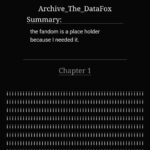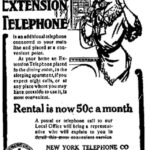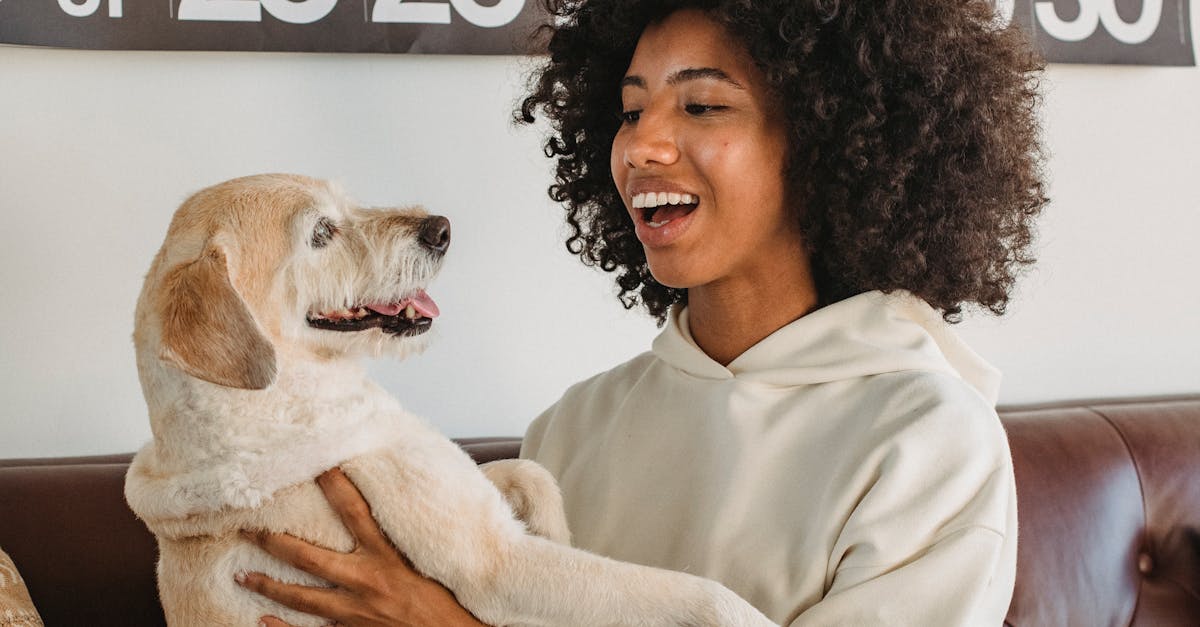The Importance of a Tidy Pet Space
Picture this: You come home after a long day, and the first thing that greets you is a chaotic mess of pet toys scattered all over your living room. It’s a sight that can make any pet owner cringe. 🐾 You may already know that keeping pet toys organized is not just about aesthetics; it’s about creating a safe and enjoyable environment for both you and your furry friend. In my opinion, organizing and storing pet toys can make a world of difference in your daily life.
Why is this topic relevant? The reality is, a clutter-free home is not only visually appealing but also reduces stress and promotes a healthier lifestyle. Studies show that a well-organized space can enhance mental well-being. For pet owners, this translates to a happier and more harmonious relationship with their pets. Let me tell you, maintaining an organized pet space can also prevent accidents and injuries caused by tripping over toys.
Identifying the Problem: The Chaos of Pet Toys
I’ve often wondered why pet toys seem to multiply overnight. It hit me that the accumulation of toys is inevitable, especially if you love spoiling your pet. However, the problem lies in managing this growing collection. You might have experienced this: toys end up in every corner of the house, making it difficult to find specific items when needed.
Interestingly enough, the disorganization can also affect your pet. Dogs and cats, for instance, thrive in environments where they can easily access their favorite toys. In my own life, I’ve noticed that pets tend to play more and exhibit fewer behavioral issues when their toys are well-organized and accessible.
Solutions for Organizing Pet Toys
1. Categorizing Toys
The first step in tackling the chaos is to categorize the toys. That’s when I realized that not all toys serve the same purpose. Here’s a thought: categorize toys based on their type and usage.
- Chew Toys: These are essential for dental health and keeping your pet entertained.
- Interactive Toys: Toys that require your involvement, such as fetch toys and laser pointers.
- Comfort Toys: Soft toys that provide comfort and companionship.
- Puzzle Toys: Toys that stimulate mental activity and problem-solving skills.
By categorizing, you can easily identify which toys are used most frequently and which ones can be stored away.
2. Storage Solutions
Now that you’ve categorized the toys, the next step is finding suitable storage solutions. I was struck by the variety of options available, each catering to different needs and preferences.
Storage Bins and Baskets
Storage bins and baskets are versatile and can be placed in various locations around your home. They come in different sizes, materials, and designs, making it easy to find one that matches your home decor. The truth is, using labeled bins can make it even easier to find specific toys.
Toy Boxes
Toy boxes are a classic choice and can be customized to suit your pet’s needs. Some toy boxes come with compartments, allowing you to separate different types of toys. I couldn’t help but notice how convenient it is to have a designated box for all pet toys, reducing the chances of them being scattered around.
Wall-Mounted Organizers
If floor space is limited, wall-mounted organizers can be a game-changer. These organizers keep toys off the floor and within easy reach. Imagine if you could simply grab a toy from a wall-mounted rack without having to bend down or rummage through a pile.
Under-Furniture Storage
For those with limited space, under-furniture storage solutions can be incredibly useful. Slide-out drawers or bins that fit under your couch or bed can keep toys hidden yet easily accessible.
3. Rotating Toys
Something surprising happened when I started rotating my pet’s toys: they showed renewed interest in toys they hadn’t played with in a while. Rotating toys can prevent boredom and keep your pet engaged. Here’s how you can do it:
- Weekly Rotation: Every week, swap out a few toys for different ones.
- Seasonal Rotation: Change toys based on seasons or holidays to keep things fresh and exciting.
4. Regular Cleaning and Maintenance
I’ve come to realize that regular cleaning and maintenance are crucial for keeping pet toys in good condition. Dirty toys can harbor bacteria and pose health risks to your pet. Speaking from experience, a simple cleaning routine can make a significant difference.
- Washable Toys: Check if the toys are machine washable. If so, wash them regularly.
- Non-Washable Toys: Use pet-safe disinfectants to clean toys that can’t be washed.
- Inspect for Damage: Regularly inspect toys for signs of wear and tear. Discard any toys that are broken or pose a choking hazard.
Benefits of an Organized Pet Toy System
Now you know the steps to organize and store pet toys, but what are the actual benefits? Let me tell you, the advantages are numerous and impactful.
1. Enhanced Safety
An organized toy system reduces the risk of accidents. You won’t have to worry about tripping over toys or your pet choking on small parts. It reminds me of the time I almost took a tumble over a stray chew toy – a close call that could have been avoided with better organization.
2. Improved Pet Behavior
Studies show that pets are more likely to exhibit positive behavior when their environment is structured and predictable. An organized toy system can reduce anxiety and stress in pets, leading to fewer behavioral issues.
3. Efficient Use of Space
What’s fascinating is how much space you can save by simply organizing and storing toys properly. You’ll find that your home feels more spacious and less cluttered.
4. Easier Cleaning
A tidy space is easier to clean. You’ll spend less time picking up toys and more time enjoying quality moments with your pet. Looking back, I wish I had adopted these organizational strategies sooner.
Taking the Next Step: Implementing the System
If you ask me, the best way to start is by assessing your current situation. Take stock of all the pet toys in your home and categorize them. Once you’ve done that, choose the storage solutions that best fit your needs and space.
Action Plan:
- Categorize: Divide toys into chew, interactive, comfort, and puzzle categories.
- Choose Storage Solutions: Select bins, baskets, toy boxes, wall-mounted organizers, or under-furniture storage based on your space.
- Rotate Toys: Implement a rotation system to keep your pet engaged.
- Clean and Maintain: Establish a regular cleaning routine and inspect toys for damage.
By following these steps, you’ll create a more organized, safe, and enjoyable environment for both you and your pet. I’d like to share that the effort you put into organizing and storing pet toys will pay off in the long run, leading to a happier and healthier home.
In conclusion, organizing and storing pet toys is not just a mundane task; it’s an essential aspect of pet ownership that can enhance the quality of life for both you and your furry friend. So, take the first step today and transform your home into a clutter-free haven that you and your pet can enjoy together. 🏡🐶🐱










